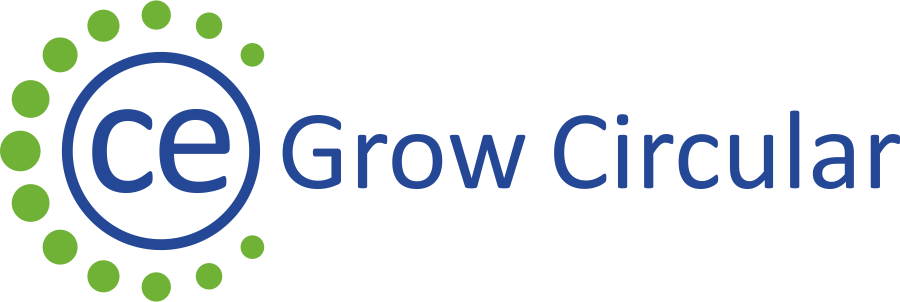ChristyD
Wed, 02/07/2025 – 11:51
The bioeconomy is a hot topic these days, right up at the top of policy agendas. It involves using renewable natural resources as a raw material. The circular bioeconomy introduces circularity into this concept: using what would otherwise be thrown away, using spent biological resources to regenerate ecosystems and minimising waste.
The ECESP website has a good selection of circular bioeconomy-themed content. This series will shine a spotlight on it.
Circular bioeconomy concept: resource efficiency and sustainability in aquaculture
HÅVA: highly efficient shrimp farming
HÅVA‘s business model is anchored in circular economy and industrial symbiosis principles, focusing on resource efficiency and sustainable aquaculture practices.
Using biofloc technology, HÅVA recycles shrimp waste and uneaten feed back into useable feed. It also uses seawater rather than freshwater. This closed farming system minimises waste and prevents water pollution by recycling effluents into secondary raw materials.
The facility uses industrial symbiosis by harnessing waste heat from local industries to warm seawater and powering operations with renewable energy. Biogas and biofertilisers produced from effluents further contribute to local industries and agriculture. HÅVA reuses existing infrastructure and furniture, with a view to resource efficiency.
By offering high-quality, sustainably farmed shrimp, HÅVA promotes responsible consumption and educates consumers about sustainable choices. They prioritise antibiotic-free production, addressing public health and environmental concerns while redefining sustainable seafood practices.
HÅVA’s circular economy approach to shrimp production yields significant results:
- Environmental gains: reduced ecological footprint and minimised waste and pollution are key. HÅVA prevents water pollution, conserves freshwater and energy, protects biodiversity and mitigates climate change by lowering emissions.
- Economic advantages: increased resource efficiency leads to lower costs. HÅVA gains enhanced competitiveness in the sustainable market, has fewer production risks and creates jobs.
- Social benefits: HÅVA provides sustainable food security and improves public health with antibiotic-free shrimp. Sustainable choices empower consumers, and the innovative approach drives technological advancement and strengthens local economies through industrial symbiosis.


